This standalone software application offers an advanced treatment planner and decision support system for refractive laser eye surgeons.
The integrated laser treatment nomograms are unique and state-of-the-art. They are available for all common excimer and femto laser platforms, including devices from Alcon Wavelight, Schwind, Bausch, Zeiss and Johnson & Johnson VISX.
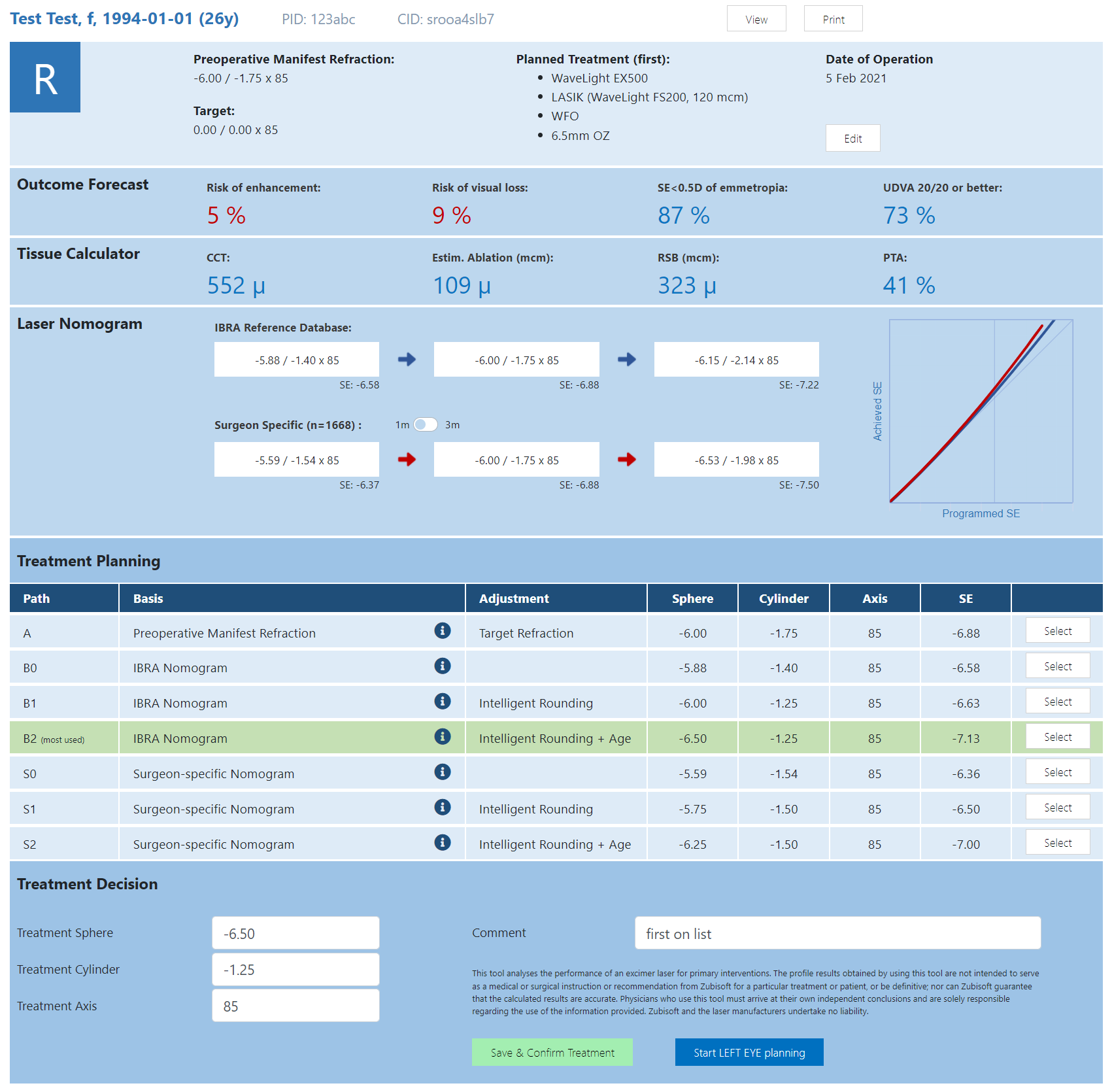
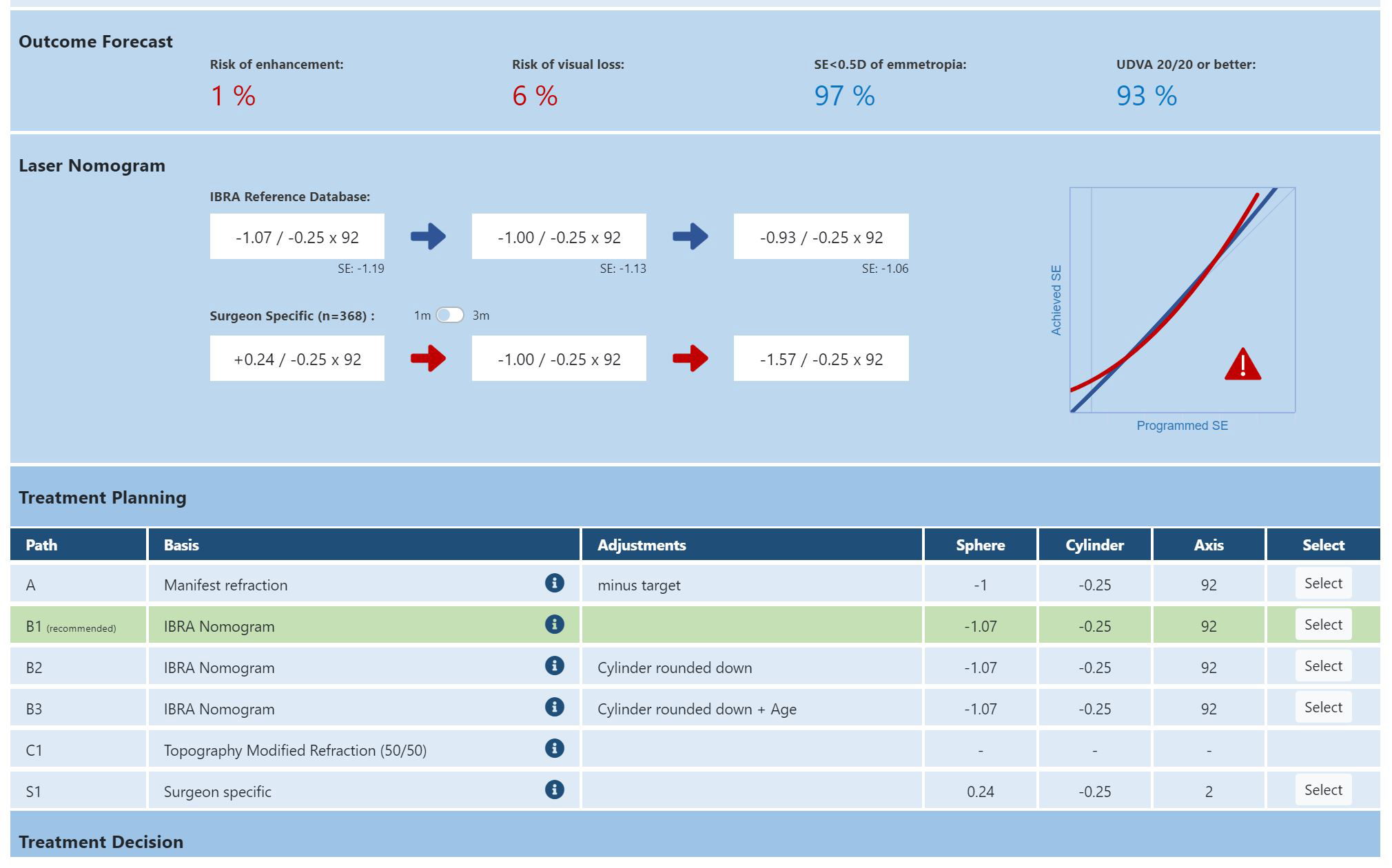
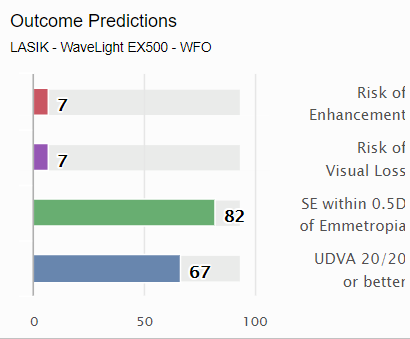
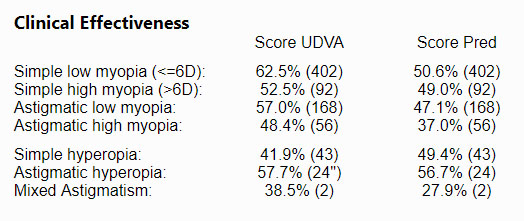
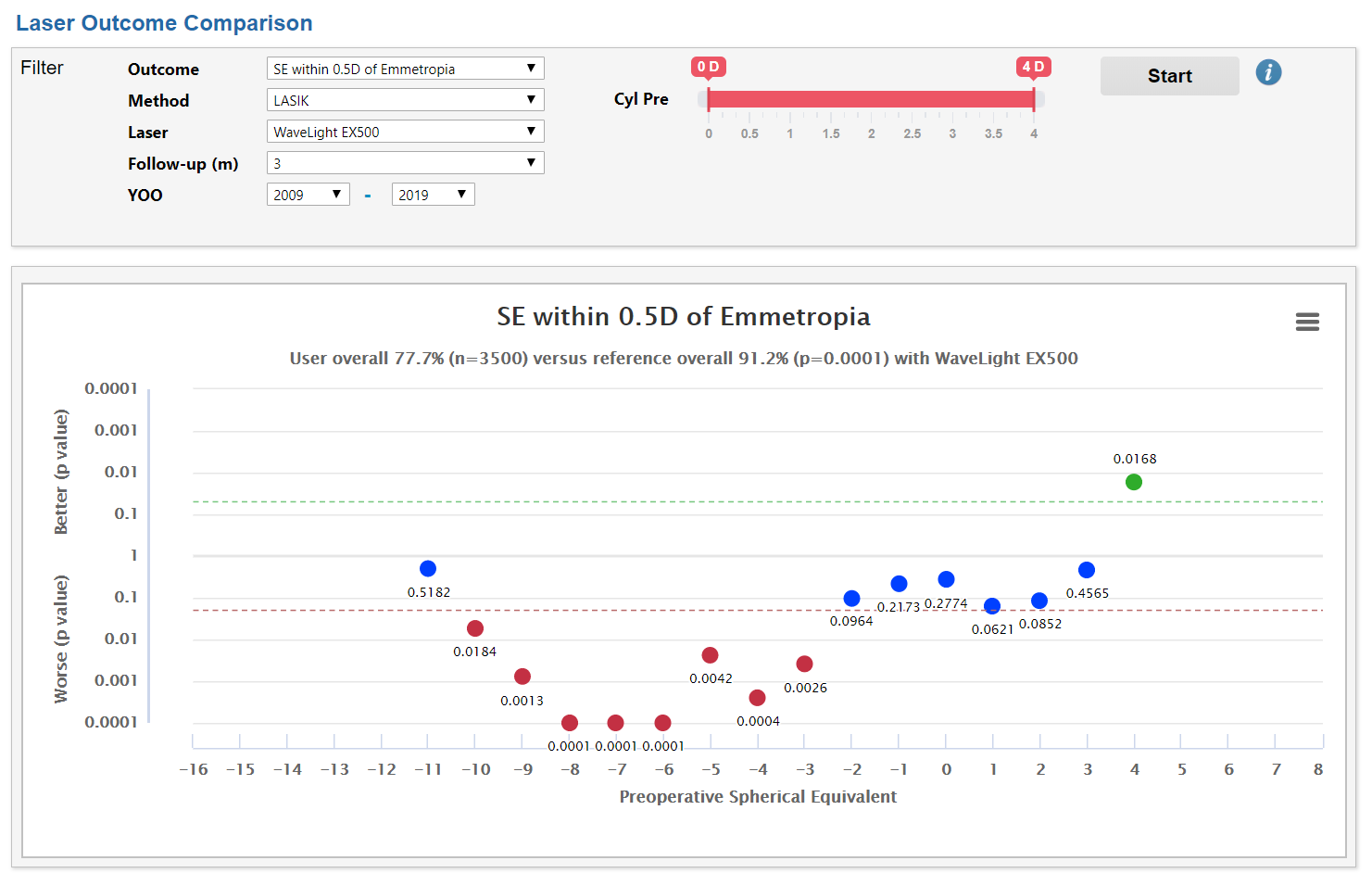
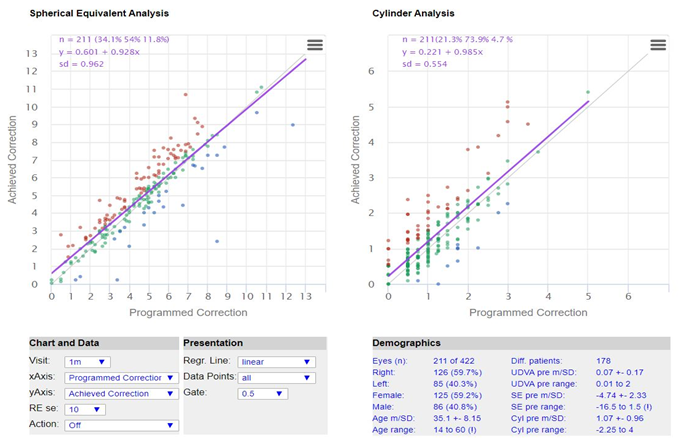

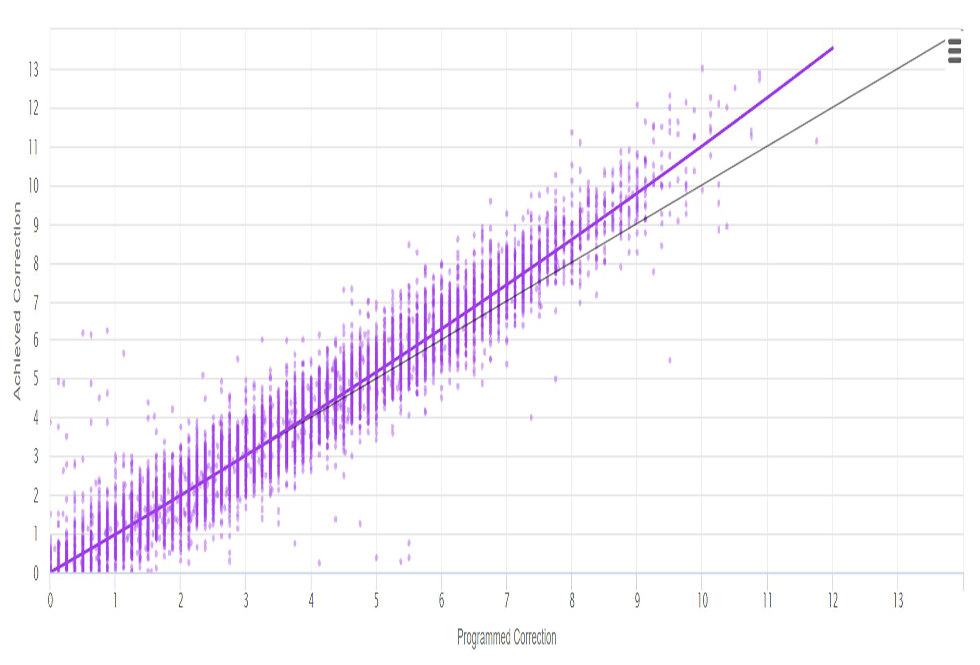

Our team is tremendously innovative. We have developed industry-leading technologies and combined it with Swiss precision engineering to create the best possible products and services.
Our laser nomograms and technologies are unique and the best in their class.
We use a proprietary algorithm with nine different factors to calculate accurate laser performance profiles.
Polynomial and best-fit regression analysis is applied to our global and national reference databases with more than 400'000 refractive treatments from a wide range of treatment methods (LASIK, Trans-PRK, PRK), laser modes (WFO, CONTOURA, Aspheric, Wavefront Guided), and excimer lasers, including:
Surgeon-specific nomograms can be created from the user’s own treatment data stored in IBRA. The reference and surgeon-specific nomograms are compared graphically, and an alert sign is presented if IBRA detects a significant difference.
IBRA nomogram history:
2005 Version 1: First LASIK nomogram for Technolas 217z
2011 Version 2: Use of polynomial regression anlaysis, PRK nomogram for VISX and Eye-Q, Conventional mode for VISX
2015 Version 3: Age and optical zone adjusted nomogram algorithm, TCAT laser mode for EX500 and Eye-Q, iDesign mode for VISX)
2017 Version 4: Cylinder axis becomes additional factor for algorithm, CONTOURA mode for EX500, forced 0/0 fitting, new reference database (V2), nomogram for Zeiss MEL80
2019 Version 5: Geographic location becomes additional factor for nomogram calculation, new reference database (V3), Medical Device nomogram versions
2020 Version 6: Zeiss VisuMax SMILE nomogram, new reference database (V4)


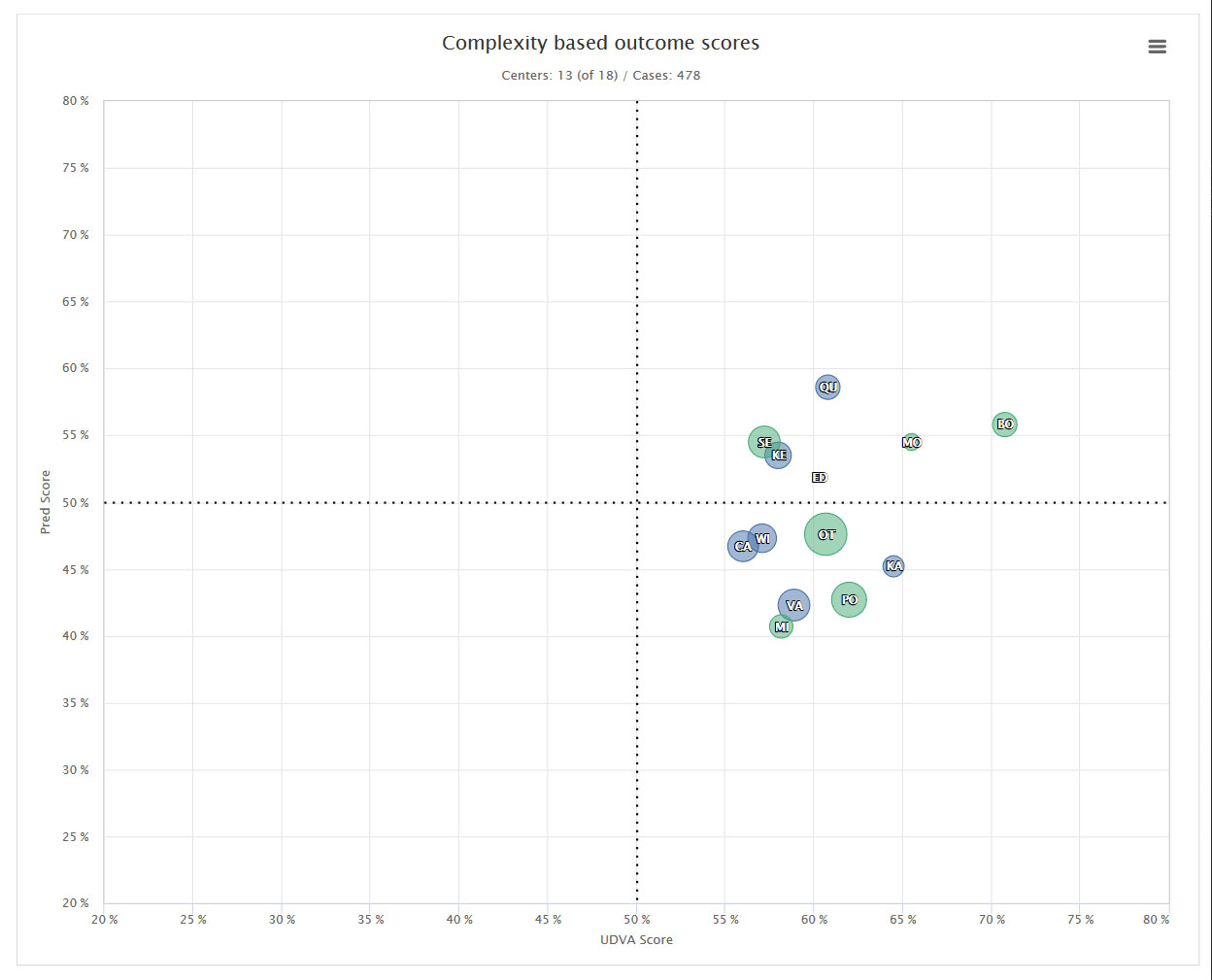
We have developed reference standards that allow comparison of quality of surgery between different treatment groups or with the IBRA reference database . The result is a better understanding on how well a surgeon has performed, diopter-by-diopter, with statistical testing and p-value calculation. The surgeon can analyze and compare the following key performance indices:
True comparisons (complexity-based scoring)
IBRA can compare the visual and refractive outcome of every individual treatment with cases from the reference database which share the same preoperative and operational characteristics (laser, method, refraction, age, optical zone), thus comparing treatments that share the same complexity (case complexity based) and producing a true image of the quality of surgery. The result is a score from 0 (poor) to 100 (perfect). The average visual and accuracy score is presented both for all refractive groups and as an overall scoring.
Ranking (IBRA Corporate Software)
The ranking of surgeons and centers with complexity-based scoring allows a true comparison of delivered treatment quality. The main scoring measures include unaided visual acuity and refractive predictability.
IBRA® Benefits
IBRA® Corporate Services